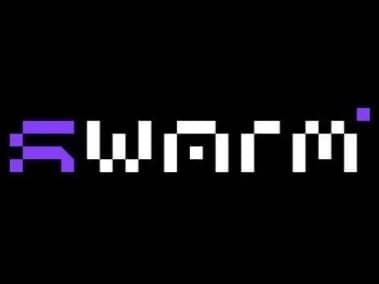위키 구독하기
Share wiki
Bookmark
Swarm Network
Swarm Network
Swarm Network는 오프체인 데이터를 실시간으로 검증 가능한 온체인 정보로 변환하도록 설계된 탈중앙화 프로토콜을 제공하고자 합니다. [1]
개요
2024년에 출시된 Swarm Network는 AI 에이전트와 인간 집단을 결합하여 검증 가능한 온체인 정보의 유효성을 검증하고 보존하는 탈중앙화 프로토콜입니다. 이는 탈중앙화 정보 롤업을 통해 실제 주장을 검증하는 Truth Protocol을 활용합니다. 사용자와 애플리케이션은 데이터 정확성에 대한 합의에 도달하기 위해 협력하는 AI 에이전트 및 인간 검증자 네트워크에 액세스합니다.
AI 처리, 인간 입력 및 제로지식 증명을 통합함으로써 Swarm Network는 확장성, 개인 정보 보호 및 투명성에 중점을 둔 Web3 애플리케이션을 위한 신뢰 계층을 제공하고자 합니다. [1] [2] [3]
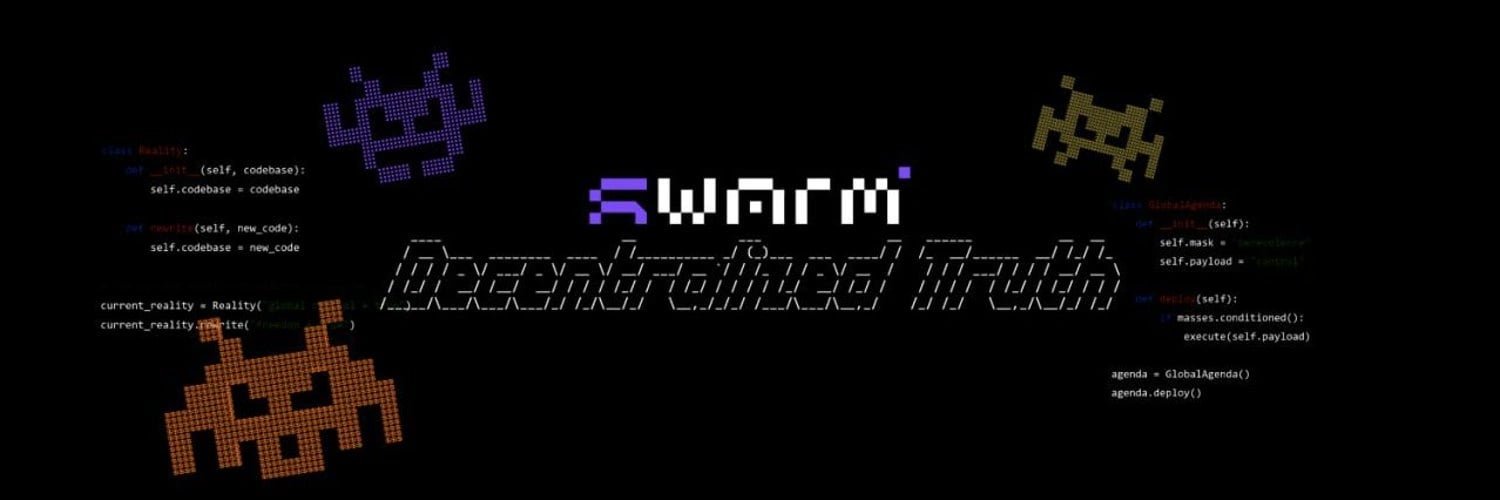
아키텍처
Swarm Network의 아키텍처는 일련의 특수화된 계층을 통해 원시 오프체인 데이터를 검증 가능한 온체인 정보로 변환하는 것을 목표로 합니다. [2]
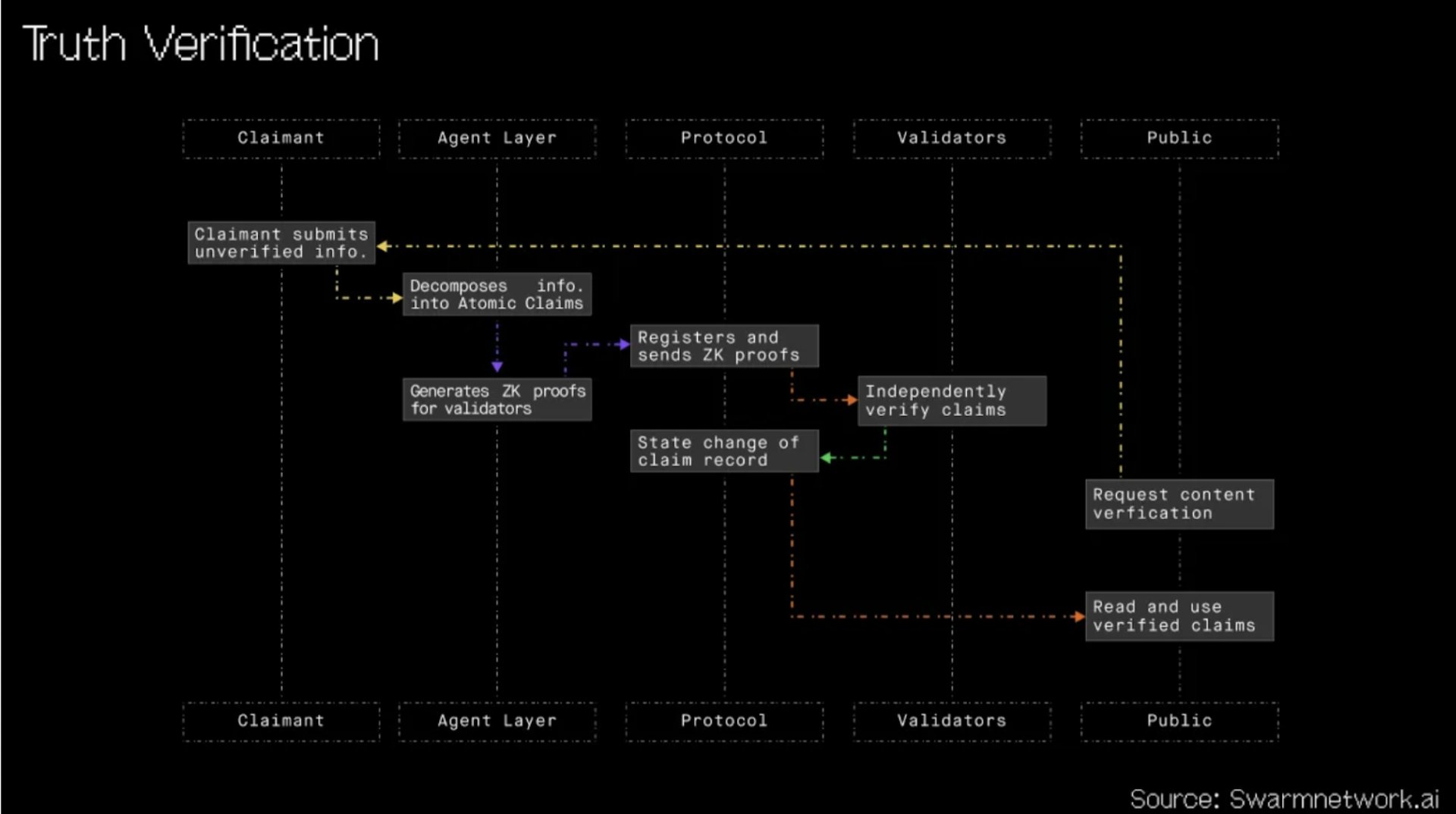
애플리케이션 계층
Swarm Network의 아키텍처에는 Rollup News(소셜 검증), Swarm Markets(예측 플랫폼) 및 Agent BUIDL(AI 개발)과 같은 사용자 중심 플랫폼을 포함하는 애플리케이션 계층이 포함됩니다.
또한 소셜 플랫폼 API, DApp 연결 및 개발자 도구와 같은 통합 지점을 제공하여 네트워크 내에서의 상호 작용 및 기능을 용이하게 합니다. [1] [2]
Truth Protocol
Swarm Network의 Truth Protocol에는 상태 머신, 합의 엔진, 제로지식(ZK) 증명 시스템 및 토큰 경제학 등 여러 핵심 구성 요소가 포함됩니다. 이러한 구성 요소는 주장 등록, 검증 처리, 결과 게시 및 보상 분배와 같은 프로토콜 기능을 지원하도록 설계되었습니다.
이 프로토콜은 투명성과 검증 가능성을 갖춘 주장을 처리하고 검증하기 위한 시스템을 제공하고자 합니다. [1] [2]
AI 에이전트 계층
Swarm Network의 AI 에이전트 계층은 상호 연결된 AI 에이전트 또는 "스웜"으로 구성되어 있으며, 탈중앙화된 생태계에서 데이터를 공동으로 분석하고 검증하는 것을 목표로 합니다. 다중 에이전트 조정, 병렬 처리 및 교차 검증을 활용하여 데이터 처리 효율성을 높입니다.
에이전트는 데이터 수집, 패턴 분석 및 진실 발견과 같은 작업에 중점을 둡니다. 이 시스템은 집단 지능을 통해 확장성과 정확성을 향상시키는 것을 목표로 하며 사용자가 에이전트를 배포하고 사용자 지정할 수 있도록 하며 검증 작업을 기반으로 인센티브를 제공합니다.
이 계층은 또한 탈중앙화 애플리케이션(DApp)과 통합하여 자동 지불 및 온체인 투표와 같은 기능에 대한 실시간으로 검증 가능한 출력을 제공하고자 합니다. [1] [2]
ZK-Graph 계층
Swarm Network의 ZK-Graph 계층은 개인 정보 보호를 강화하고 복잡한 데이터 분석을 가능하게 하는 것을 목표로 합니다. 제로지식 증명, 선택적 공개 및 안전한 데이터 관리를 사용하여 개인 정보를 보호하면서 데이터 처리를 용이하게 합니다.
그 기능에는 지식 매핑, 관계 추적 및 패턴 인식이 포함되며, 탈중앙화된 환경에서 개인 정보를 보호하면서 데이터 내의 연결을 식별하도록 설계되었습니다. [1] [2]
제품
Rollup News
Swarm Network의 Rollup News는 X(이전 Twitter)와 같은 플랫폼에 통합된 실시간 사실 확인 도구입니다. 사용자는 주장의 검증을 요청하기 위해 “rollup”을 사용하여 @Rollup_News를 태그할 수 있으며, 출처 신뢰도, 진실성 지표 및 맥락에 대한 분석을 받습니다.
AI 에이전트는 주장을 처리하고 인간 검증자는 정확성을 평가합니다. 검증된 주장은 투명성과 개인 정보 보호를 유지하기 위해 제로지식 증명을 사용하여 온체인에 기록됩니다.
주요 기능으로는 소셜 미디어 통합, AI와 인간 입력 간의 협업, 온체인 검증 및 정확성에 대한 보상 시스템이 있습니다. Rollup News는 정보에 입각한 토론을 지원하고 잘못된 정보를 줄이는 것을 목표로 합니다. [1] [2]
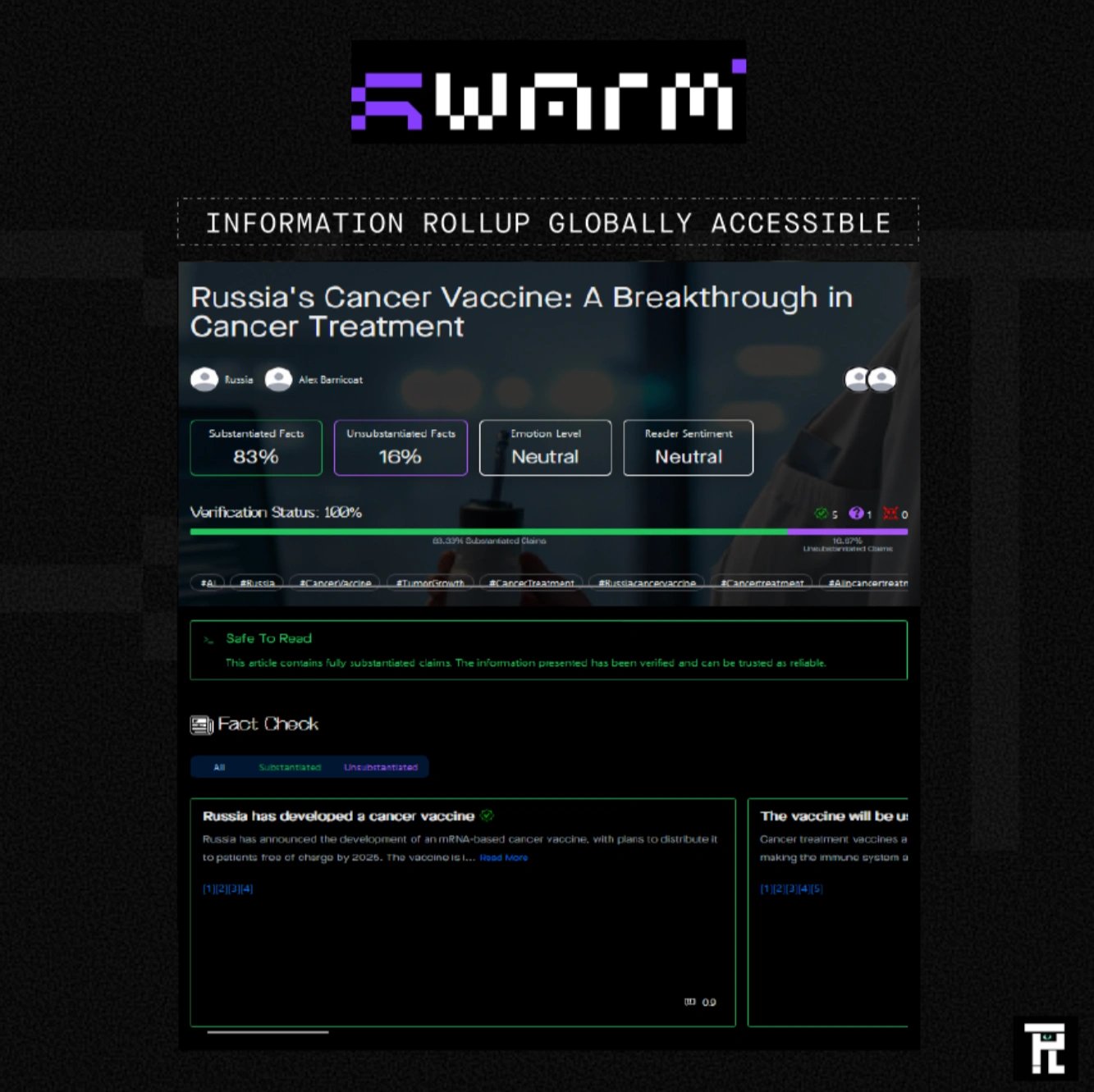
Swarm Markets
Swarm Markets는 Telegram 및 X와 통합된 예측 시장 플랫폼으로, 사용자는 검증된 정보를 기반으로 결과를 예측할 수 있습니다. 자동화된 마이크로 시장 생성, 실시간 데이터 검증 및 AI 지원 해결을 용이하게 합니다.
이 플랫폼은 집단적 입력과 검증된 데이터를 결합하여 시장 예측에 대한 보다 신뢰할 수 있고 정보에 입각한 접근 방식을 지원하고자 합니다. [1] [2]
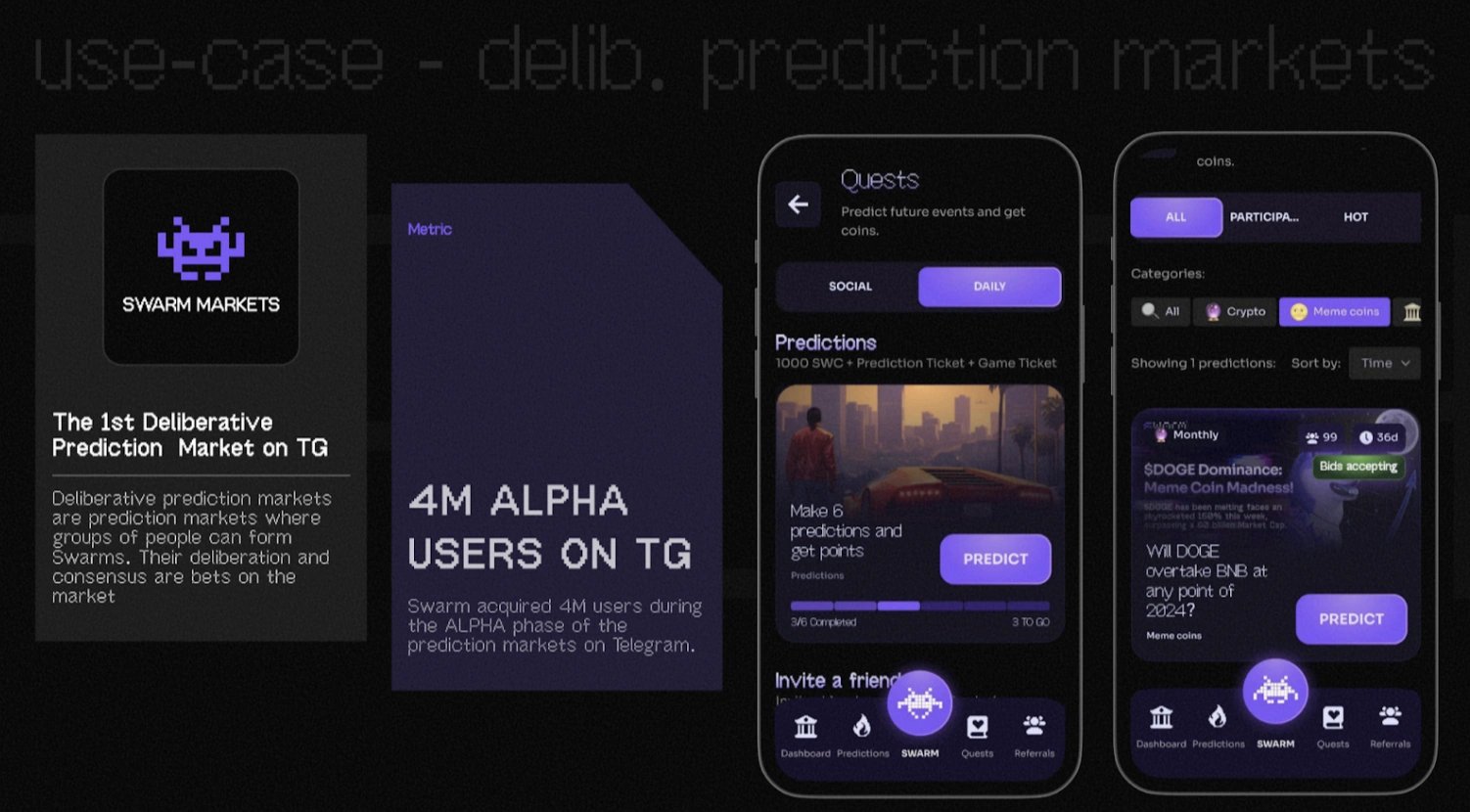
Agent Buidl
Agent Buidl은 사용자가 검증 작업을 위해 AI 에이전트를 생성, 배포 및 사용자 지정할 수 있는 노코드 플랫폼입니다. 에이전트 구축, 스웜 관리 및 특수 검증자 배포를 위한 도구와 에이전트 서비스를 수익화하기 위한 마켓플레이스를 제공합니다.
이 플랫폼은 더 많은 참여자가 집단 지능에 기여할 수 있도록 Swarm 생태계에 대한 접근을 확대하는 것을 목표로 합니다. [1] [2]
잘못된 내용이 있나요?
